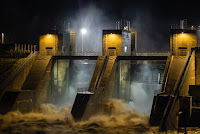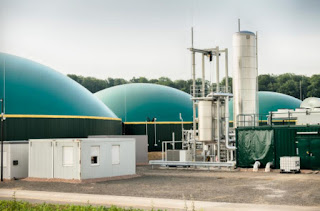UHPC Concrete has been used as a construction or
repair material in offshore, port construction and
coastal protection worldwide for more than 25
years. UHPC concretes are far superior to standard
concretes in their application and service life
expectations.
Typical areas for UHPC concrete repairs
Advantages of UHPC compared to standard concrete
- Extremely high compressive strength
- Very good adhesion
- Waterproof from a layer thickness of 15 mm
- Very high wear resistance
- Very high corrosion resistance
- Very high resistance to frost and ice
- Very good impact resistance
- Quick and easy installation, even of large areas
- Thanks to the extremely fine UHPC binder, even the
- Very good adhesion
- Waterproof from a layer thickness of 15 mm
- Very high wear resistance
- Very high corrosion resistance
- Very high resistance to frost and ice
- Very good impact resistance
- Quick and easy installation, even of large areas
- Thanks to the extremely fine UHPC binder, even the
smallest joints and cracks can be closed well and permanently
- UHPC can be processed as shotcrete, castable or as mortar.
- UHPC reaches more than 70% of its maximum nominal
- UHPC can be processed as shotcrete, castable or as mortar.
- UHPC reaches more than 70% of its maximum nominal
strength after 48 hours.
Dams
Especially the slides of a dam are subjected to high amount
Especially the slides of a dam are subjected to high amount
of wear as a very high
volume of water is running over
these. UHPC can easily withstand this
water. UHPC is the
ideal material for dam reinforcement and repair/maintenance.
UHPC materials can be quickly and extensively processed
as
mortar, cast or shotcrete.
The rapid and high strength development
favors a quick
restart of the system.
In the lake in front of the dam, the dam will be subjected
In the lake in front of the dam, the dam will be subjected
to impact by debris, which can
deteriorate concrete. Placing
a layer of UHPC will end the
deterioration.





